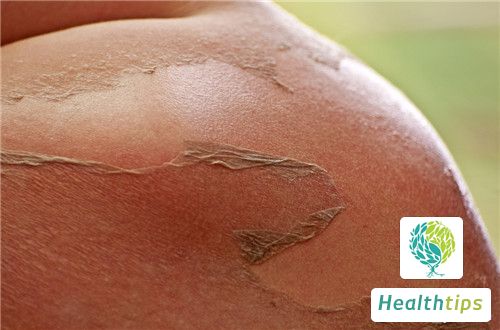"What Steps Should I Take When My Menstrual Cramps Cause Pain?"
Health Management for Female Menstrual Discomfort
Healthy women experience regular menstruation every month after puberty and before menopause, a natural cycle that can serve as an indicator of their overall physical health. Menstrual cramps, a common accompaniment during menstruation, range from tolerable mild discomfort to severe pain requiring prompt medical attention for targeted relief. Selecting healthy and effective methods to alleviate menstrual cramps is crucial. Here are some practical suggestions for managing menstrual cramps:

I. Relief Measures for Menstrual Cramps
1. Keep Warm: Drinking hot beverages or applying heat packs to the lower abdomen can warm the body, accelerating blood circulation, relieving uterine spasms and pelvic congestion, thus easing pain.
2. Acupressure Massage: Gently pinching and massaging the feet, particularly along the Achilles tendon to the calf muscle, can stimulate acupressure points believed to be connected to the pelvic region, providing pain relief.
3. Yoga: Adopting yoga poses like kneeling with bent knees and forehead resting on the ground can help alleviate menstrual cramps by relaxing the body.
4. Moxibustion: Applying moxibustion to acupoints like Sanyinjiao and Zusanli, creating a warm sensation without burning, can help reduce menstrual pain.
II. Recommended Foods for Menstrual Cramps
During menstruation, avoid cold, indigestible, and stimulating foods. Instead, opt for sour-tasting foods like pickles and vinegar for pain relief. Maintain regular bowel movements by consuming fiber-rich foods like honey, bananas, celery, and sweet potatoes. A balanced diet rich in fruits and vegetables promoting qi circulation and blood activation, such as shepherd's purse, yarrow roots, coriander, carrots, oranges, Buddha's hand, and ginger, is beneficial. For those with qi and blood deficiency, consume foods that tonify qi, blood, and the liver and kidneys, like chicken, duck, fish, eggs, milk, animal liver and kidneys, and beans.
III. Prevention of Menstrual Cramps
1. Reduce caffeine intake from coffee, tea, cola, and chocolate.
2. Avoid alcohol, especially if prone to edema.
3. Keep warm to enhance blood circulation and relax muscles.
4. Drink herbal tea, lemon juice, and hot milk.
5. Take warm baths or soak in hot springs with aromatherapy additives for relaxation.
6. Practice yoga, bending, and relaxation exercises to manage menstrual pain.
While supplementation can be helpful, it should be tailored to individual needs, avoiding foods that may exacerbate heatiness, such as chicken soup and durian, especially for those with hyperactive liver fire. Clearing heat and promoting blood circulation is key to preventing menstrual pain in such cases.



















